Top 10 Most Useful Sawing Tools
Introduction
As a woodworking enthusiast, I’ve come to appreciate the value of having the right sawing tools for different situations. Whether you’re a professional carpenter or a DIY enthusiast, having the top sawing tools in your arsenal can make a significant difference in the quality and efficiency of your projects. In this article, I’ll share my recommendations for the top 10 most useful sawing tools, providing helpful suggestions and reasons for each selection.
1. Circular Saw
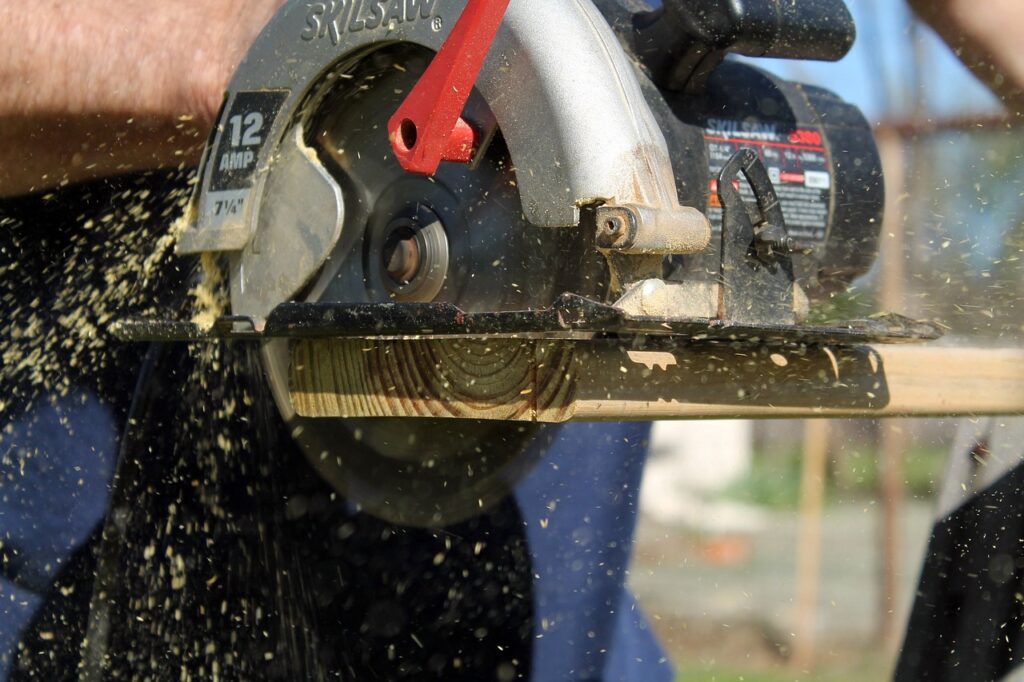
Types of Circular Saws
Before we dive into the best circular saws, let’s understand the different types available. There are two primary types: corded and cordless. Corded circular saws provide consistent power, making them ideal for heavy-duty tasks. On the other hand, cordless circular saws offer portability and convenience, perfect for jobs where mobility is crucial.
Best Circular Saw for General Use
When it comes to general use, the DeWalt DWE575SB stands out as a reliable and versatile circular saw. With its powerful motor, ergonomic design, and precise cutting capabilities, it’s suitable for a wide range of applications, including cutting lumber, plywood, and even metal. Its compact size and lightweight nature make it easy to maneuver, allowing for increased accuracy and control.
2. Jigsaw

Types of Jigsaws
Jigsaws are excellent for making curved cuts in various materials, including wood, metal, and plastic. They come in two main types: corded and cordless. Corded jigsaws offer consistent power, while cordless jigsaws provide increased flexibility and portability.
Best Jigsaw for Curved Cuts
If you’re looking for a jigsaw specifically designed for curved cuts, the Bosch JS470EB is a top choice. This jigsaw combines power, precision, and ease of use, making it an ideal tool for intricate cuts. The variable speed control allows you to adjust the cutting speed according to the material, ensuring clean and smooth curves. The ergonomic design and low vibration reduce fatigue, enabling you to work for extended periods without discomfort.
3. Miter Saw
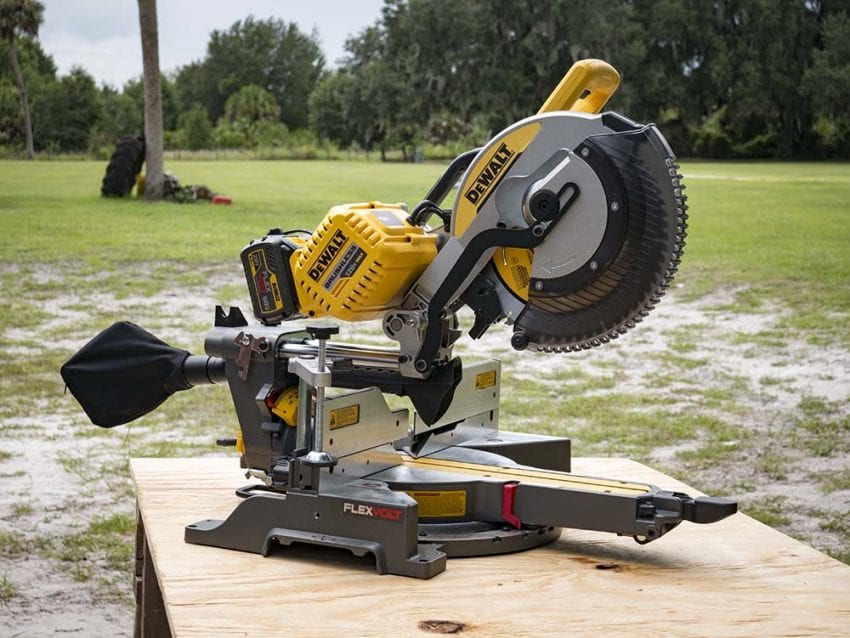
Types of Miter Saws
Miter saws are perfect for making angled cuts, commonly used in trim work, framing, and woodworking projects. There are three main types: compound miter saws, sliding compound miter saws, and dual bevel compound miter saws. Compound miter saws offer basic angled cuts, while sliding compound miter saws have a sliding feature for wider cuts. Dual bevel compound miter saws provide the added benefit of tilting in two directions, making complex angled cuts more accessible.
Best Miter Saw for Precision Cuts
For precise and accurate cuts, the DeWalt DWS780 is an exceptional choice. This dual bevel sliding compound miter saw offers a large cutting capacity and a precise miter system, allowing you to make intricate cuts with ease. The rugged construction and smooth sliding action ensure stability and accuracy, making it an excellent tool for professional carpenters and woodworking enthusiasts alike.
4. Reciprocating Saw
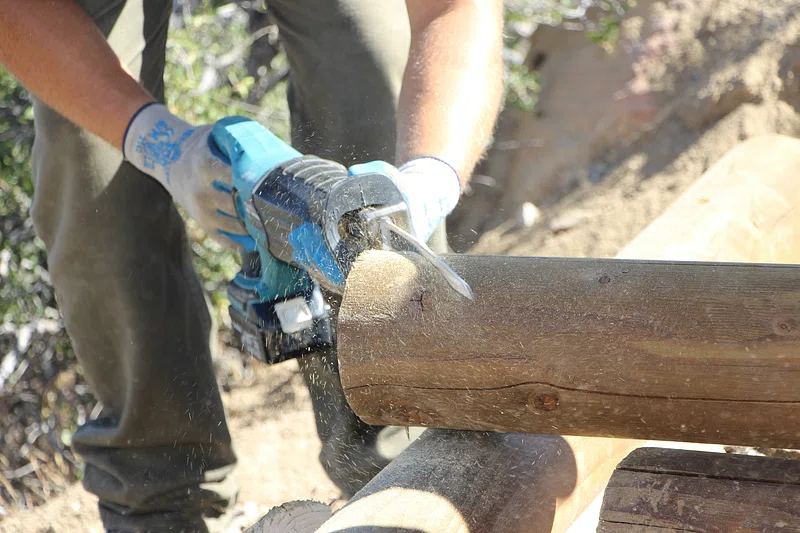
Types of Reciprocating Saws
Reciprocating saws, also known as “recip saws” or “sabre saws,” are designed for demolition and rough-cutting tasks. They excel at cutting through a wide range of materials, including wood, metal, and plastic. There are corded and cordless options available, providing versatility and convenience.
Best Reciprocating Saw for Demolition Work
When it comes to demolition work, the Makita XRJ04Z is a powerful and reliable choice. With its high-performance motor and adjustable speed settings, it can handle even the toughest materials with ease. The ergonomic design and anti-vibration technology minimize user fatigue, allowing you to work efficiently for longer periods. The quick blade-change system further enhances productivity, making it a must-have tool for any demolition project.
5. Table Saw
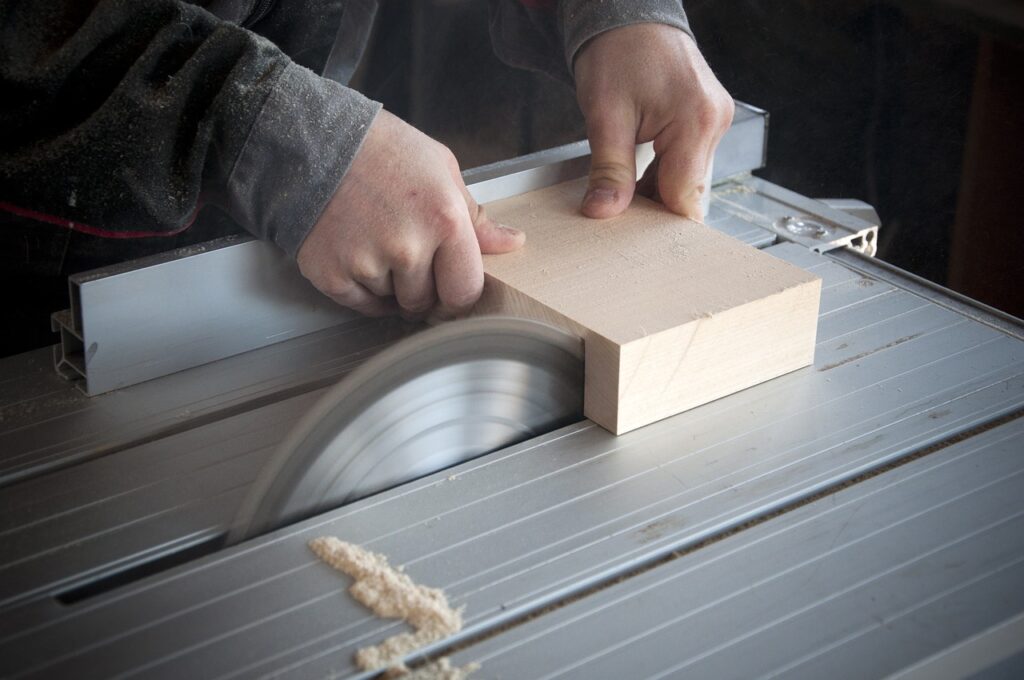
Types of Table Saws
Table saws are a staple in woodworking shops, offering precision and versatility for various cuts. There are three main types: contractor table saws, cabinet table saws, and hybrid table saws. Contractor table saws are portable and suitable for jobsites, while cabinet table saws are heavy-duty and offer advanced features. Hybrid table saws combine the best of both worlds, providing power and portability.
Best Table Saw for Woodworking Projects
For woodworking projects, the SawStop PCS175 is an exceptional table saw. It combines power, safety, and precision, making it a top choice for both professionals and hobbyists. The innovative SawStop safety feature detects contact with skin and stops the blade within milliseconds, reducing the risk of serious injuries. Additionally, its robust construction, smooth operation, and accurate fence system make it an invaluable tool for woodworking tasks of all kinds.
6. Band Saw
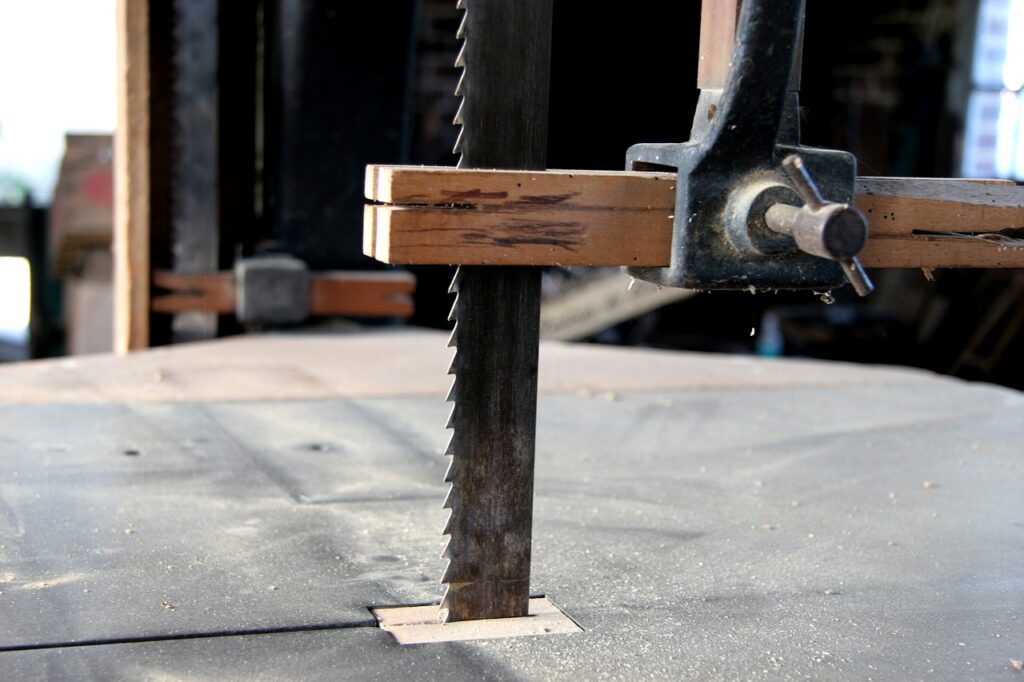
Types of Band Saws
Band saws are ideal for making curved cuts, intricate designs, and resawing lumber. They consist of a continuous band of teethed metal stretched between two wheels. There are three main types: benchtop band saws, floor-standing band saws, and portable band saws. Benchtop band saws are compact and suitable for small workshops, while floor-standing band saws provide greater power and cutting capacity. Portable band saws offer the convenience of mobility, making them ideal for on-site jobs.
Best Band Saw for Resawing
When it comes to resawing, the Jet JWBS-14DXPRO is a top-notch band saw. With its powerful motor and large cutting capacity, it excels at cutting thick boards into thinner pieces with precision. The sturdy construction and adjustable blade guide system ensure stability and accuracy, allowing for clean and smooth cuts. Whether you’re working on furniture projects or creating veneers, this band saw is a reliable choice.
7. Scroll Saw
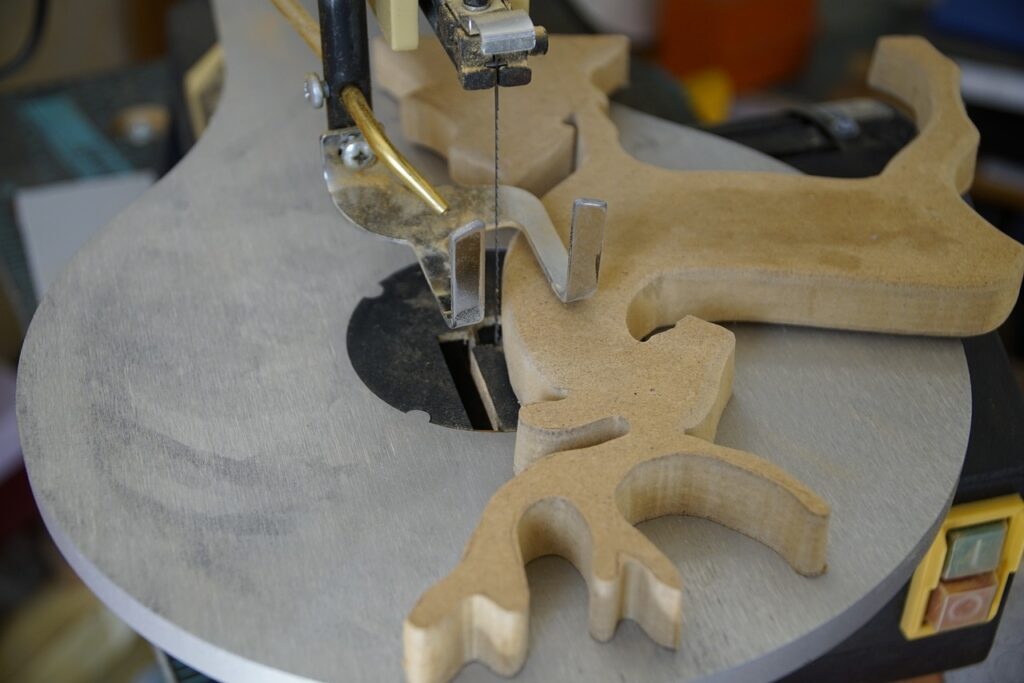
Types of Scroll Saws
Scroll saws are specialized tools used for intricate and detailed cuts, such as scrollwork, fretwork, and marquetry. They feature a fine reciprocating blade that moves up and down, allowing for precise maneuvering. Scroll saws can be either electric or pedal-operated, depending on your preference.
Best Scroll Saw for Intricate Designs
When it comes to intricate designs, the Dremel MS20-01 Moto-Saw is a versatile and user-friendly scroll saw. It offers both stationary and handheld modes, providing flexibility for different projects. The quick-change mechanism allows for easy blade swaps, enabling you to switch between materials and cutting styles effortlessly. Its compact size and lightweight design make it suitable for small-scale projects and crafts.
8. Coping Saw
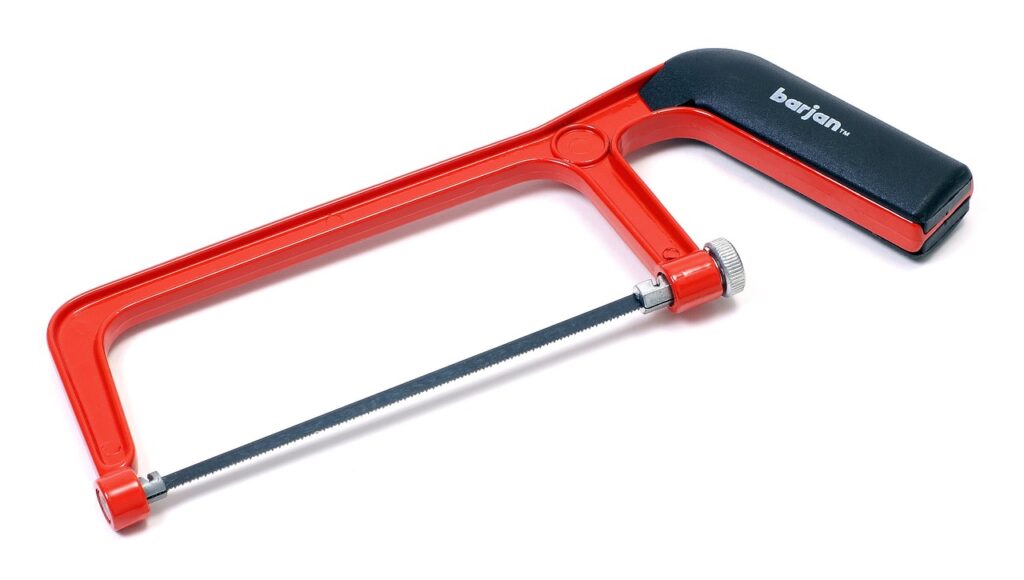
Types of Coping Saws
Coping saws are designed for intricate and detailed cuts, particularly in woodworking and molding. They consist of a thin, flexible blade stretched across a U-shaped frame. Coping saw blades are replaceable, allowing for various tooth configurations depending on the material and cutting requirements.
Best Coping Saw for Fine Woodworking
For fine woodworking and precise cuts, the Olson Saw SF63510 Coping Saw is a reliable choice. Its sturdy frame and comfortable handle provide stability and control, ensuring accurate cuts. The high-quality blades offer excellent cutting performance, allowing you to achieve intricate designs and smooth curves effortlessly. Whether you’re working on furniture restoration or detailed trim work, this coping saw is an invaluable tool.
9. Hand Saw
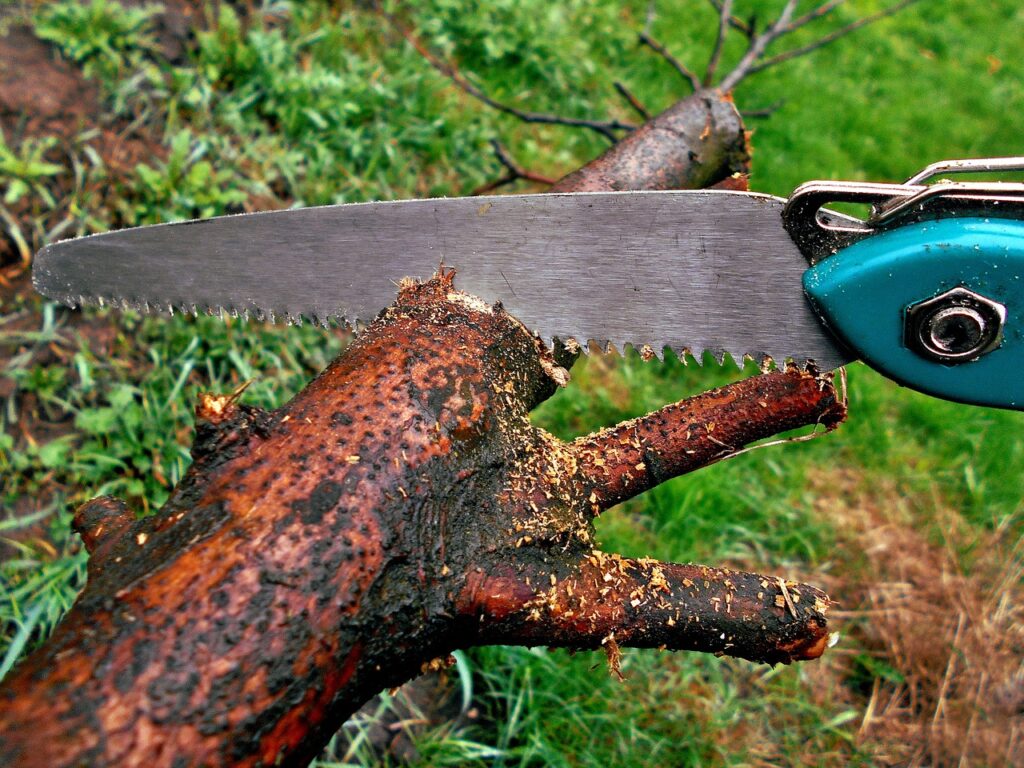
Types of Hand Saws
Hand saws are versatile and essential tools for any woodworking enthusiast. They come in various types, including crosscut saws, rip saws, dovetail saws, tenon saws, and more. Each type is designed for specific cutting tasks, such as crosscutting, ripping, or joinery work.
Best Hand Saw for DIY Projects
When it comes to DIY projects, the Stanley 20-045 FatMax Hand Saw is a reliable and versatile option. Its sharp and aggressive teeth allow for fast and efficient cutting across the grain or with the grain. The comfortable handle provides a secure grip, reducing hand fatigue during extended use. Whether you’re building shelves, framing, or working on small projects around the house, this hand saw will meet your needs.
10. Chainsaw
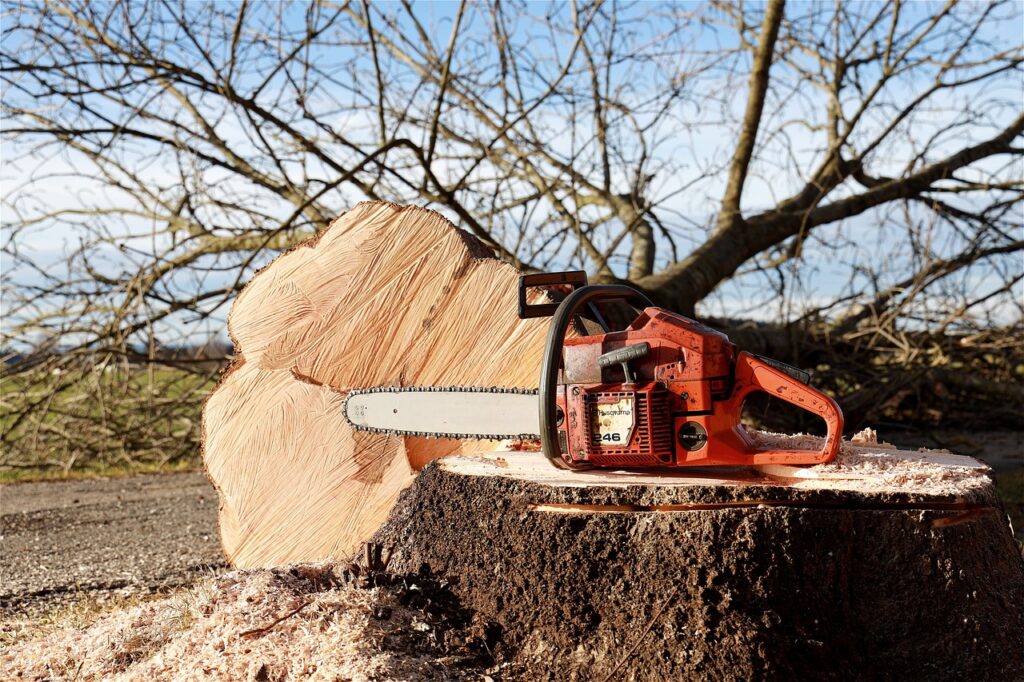
Types of Chainsaws
Chainsaws are powerful cutting tools used for tree felling, pruning, and cutting through logs or branches. They come in various types, including gas-powered, electric, and battery-powered chainsaws. Gas-powered chainsaws provide maximum power and are suitable for heavy-duty tasks, while electric and battery-powered chainsaws offer convenience and reduced maintenance.
Best Chainsaw for Outdoor Use
For outdoor use, the Husqvarna 460 Rancher is an excellent choice. With its robust construction and powerful engine, it can tackle a wide range of cutting tasks, from felling trees to cutting firewood. The ergonomic design and low vibration ensure comfortable operation, reducing fatigue during extended use. The chain tensioning system and easy-start feature make it user-friendly, even for beginners. Whether you’re a professional logger or a homeowner in need of a reliable chainsaw, the Husqvarna 460 Rancher won’t disappoint.
Conclusion
Having the right sawing tools can significantly enhance your woodworking projects, whether you’re a professional or a DIY enthusiast. From the versatile circular saw to the intricate scroll saw, each tool has its own strengths and best use cases. By considering the specific requirements of each situation, you can choose the most suitable sawing tool to achieve precise, efficient, and high-quality cuts.
Remember to prioritize safety when using any sawing tool. Follow the manufacturer’s instructions, wear appropriate safety gear, and take necessary precautions to prevent accidents.
Frequently asked questions
Q1. Can I use a circular saw for cutting metal?
Yes, you can use a circular saw with the appropriate blade to cut through metal. Ensure you use a blade specifically designed for metal cutting, and take necessary safety precautions such as wearing protective eyewear and gloves.
Q2. Are cordless saws as powerful as corded ones?
Cordless saws have come a long way in terms of power and performance. While corded saws still offer consistent power, advancements in battery technology have made cordless saws a viable option, providing ample power and increased convenience.
Q3. What safety features should I look for in a table saw?
When choosing a table saw, look for safety features such as blade guards, anti-kickback pawls, and a reliable riving knife or splitter. Additionally, consider a saw with flesh-sensing technology like SawStop, which can prevent serious injuries by stopping the blade upon contact with skin.
Q4. Can I use a jigsaw for straight cuts?
While jigsaws are primarily designed for curved cuts, they can also be used for straight cuts with the help of a guide or a straight-edge. However, for long and precise straight cuts, a circular saw or a table saw would be more suitable.
Q5. How do I maintain a chainsaw?
To maintain a chainsaw, regularly clean the chain, bar, and air filter. Check and adjust the chain tension, lubricate the chain, and keep the saw sharp. Following the manufacturer’s maintenance guidelines and scheduling regular servicing will ensure optimal performance and longevity of your chainsaw.
Summary
In this article, I provide recommendations for the top 10 most useful sawing tools. As an avid woodworking enthusiast, I understand the importance of having the right tools for different situations. I begin by introducing the topic and emphasizing the significance of selecting the appropriate sawing tools for improved project quality and efficiency.
The article covers a wide range of sawing tools, starting with the circular saw. I explain the different types available and suggest the DeWalt DWE575SB as the best circular saw for general use. Moving on, I discuss the jigsaw, miter saw, reciprocating saw, table saw, band saw, scroll saw, coping saw, hand saw, and chainsaw. For each tool, I outline the various types, their specific purposes, and recommend a top choice based on their features and capabilities.
Throughout the article, I maintain a conversational style, engaging the reader by offering helpful suggestions and reasons behind my recommendations. I also highlight important factors to consider when selecting sawing tools, such as power, precision, safety features, and ergonomic design.
The article concludes with a set of five unique frequently asked questions (FAQs) that address common queries readers may have. These FAQs provide further insight into topics like using a circular saw for cutting metal, the power of cordless saws, essential safety features in table saws, using a jigsaw for straight cuts, and chainsaw maintenance.
Overall, this article serves as a comprehensive guide for woodworking enthusiasts and professionals seeking the most useful sawing tools for their projects, offering expert advice, personal recommendations, and important safety considerations.
Remember to always prioritize safety, read the user manuals of your tools, and seek professional guidance or training if needed. Happy sawing!




